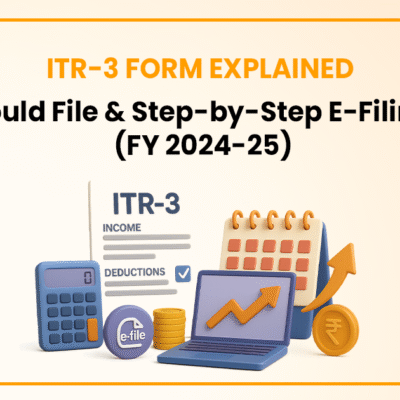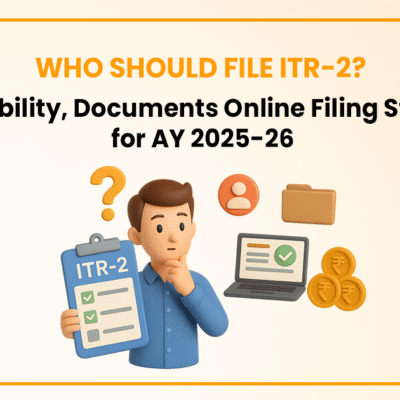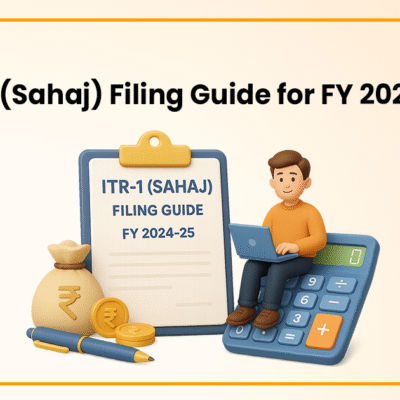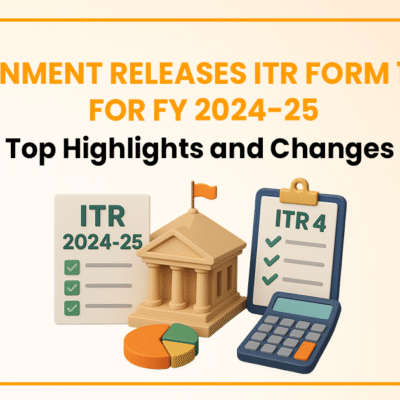Change in Directors of Company- Resignation, Removal, Appointment
- December 18, 2021
- Compliance

The board of directors is the supreme authority in charge of a company's management and control. They have a fiduciary duty to the company and its shareholders, which means they are responsible for conducting the company's affairs in a way that ensures success and profitability while also enhancing the company's image and reputation. The Board of Directors is established under Section 149 of the Companies Act of 2013. A Private Limited Company must have a minimum of two Directors, while a Limited Company must have a minimum of three Directors, according to Section 149.
A company may have up to 15 directors. A company, on the other hand, may appoint more than 15 directors by passing a special resolution. A change in a company's directorship is possible at any time as needed.
| Table of Contents |
Change in Directors
Directors are generally appointed by the company's shareholders in accordance with the applicable provisions of the Companies Act 2013 to ensure that the company's day-to-day operations are carried out efficiently. They have a fiduciary duty to the company and its shareholders, which means they are responsible for conducting the company's affairs in a way that ensures success and profitability while also enhancing the company's image and reputation.
A change in a company's directorship is possible at any time as needed. Change can occur either voluntarily or as a result of external pressure. The demand arises when there is a need for an expert on the board, or when an existing director resigns or dies.
Changes in the Board of Directors and Related Procedures
The Companies Act, 2013, read in conjunction with the Companies (Appointment and Qualification of Directors) Rules, 2014, establishes the procedure for a change in Directors.
Appointment of a Director
Board Meeting
At least 7 days prior to the meeting, a notice of the agenda must be sent to the directors at their respective registered addresses.
- Pass a Board Resolution calling for a General Meeting to be held in order to appoint the director.
- Notice of the meeting's specifics, including the agenda, date, time, and location, to be given to shareholders.
Extraordinary General Meeting/Annual General Meeting
After the Board Meeting, the person designated to distribute the notice of the General Meeting ("GM") may send the notice to all of the following:
- Auditors
- Shareholders
- Directors
The notice of the GM must be given at least 21 days before the date of the GM. However, a shorter notice period may be given if and only if the consent of at least 95 per cent of the members entitled to vote at the meeting is obtained. The consent must be obtained in one of two ways: a) in writing or b) electronically.
The resolution will be passed at the GM, subject to shareholder approval.
Form DIR – 12 has to be submitted to the Registrar within 30 days from the appointment being made.
Prerequisites to be a Director: DIN & DSC
Director's Resignation (Section 168 of the Companies Act 2013)
A director's resignation may be considered if he gives the company written notice of the reasons for his resignation. On receipt of the director's notice, the Board of Directors must present it to the shareholders in the General Meeting so that they are informed.
The fact of the director's resignation must be included in the directors' report presented to the shareholders at the General Meeting. Within 30 days of the date of resignation, the Company must also file Form DIR – 12 with the Registrar. The effective date of resignation will be the later of:
- the date the notice is received by the company; or
- the date specified in the notice.
In less than 30 days from the date of resignation, the director will submit Form DIR – 11 to the Registrar of Companies ("RoC") along with the prescribed fees, including a copy of his notice of resignation and the detailed reasons for the same.
Removing a Director (Section 169 of the Companies Act 2013)
Removal occurs only before the director's term expires. This can be accomplished by passing an ordinary resolution at the shareholders' meeting, but only after providing the director with a reasonable opportunity to be heard.
Notice of the resolution
At least 7 days prior to the meeting, a notice of the resolution for the removal of the director will be distributed to all necessary persons. In the event that the notice cannot be delivered due to unavoidable circumstances:
- It has the potential to be published in newspapers. (One in English, the other in the local language)
- The notice must be posted on the company’s website. When this notice is received, the company must send a copy to the relevant director. He will have the right to be heard at the General Assembly.
Written Representation
The director may make a written representation opposing his removal. He may also request that the representation be distributed to all members. A notice will have to be sent to the members about this. If distribution is not possible, he may request that it be read aloud at the meeting.
Making a filing with the ROC
Form DIR – 12 must be filed with the Registrar within 30 days of the director's resignation date, along with the prescribed fees and attachments.
Conclusion
A company director is among the most significant positions in a corporation, and the composition of an appropriate board of directors could indeed largely determine the success of your business. As a result, when one establishes a company, they must ensure that the company's director shares the vision for the company's direction. Thereby, making it essential to comply with the appointment, resignation removal procedures.
CS Urvashi Jain is an associate member of the Institute of Company Secretaries of India. Her expertise, inter-alia, is in regulatory approvals, licenses, registrations for any organization set up in India. She posse’s good exposure to compliance management system, legal due diligence, drafting and vetting of various legal agreements. She has good command in drafting manuals, blogs, guides, interpretations and providing opinions on the different core areas of companies act, intellectual properties and taxation.
Categories
- Agreement Drafting (23)
- Annual Compliance (13)
- Change in Business (37)
- Company Law (150)
- Compliance (90)
- Digital Banking (3)
- Drug License (4)
- FEMA (17)
- Finance Company (42)
- Foreign Taxation (9)
- FSSAI License/Registration (15)
- GST (124)
- Hallmark Registration (1)
- Income Tax (214)
- Latest News (36)
- Miscellaneous (170)
- NBFC Registration (8)
- NGO (18)
- SEBI Registration (6)
- Section 8 Company (10)
- Start and manage a business (27)
- Startup/ Registration (134)
- Trademark Registration/IPR (48)
Recent Posts
- Major Upgrade: Breaking Down GST 2.0 September 15, 2025
- New Income Tax Bill 2025 August 27, 2025
- ITR-3 Form Explained: Who Should File & Step-by-Step E-Filing Guide (FY 2024-25) June 25, 2025
All Website Tags
About us
LegalWindow.in is a professional technology driven platform of multidisciplined experts like CA/CS/Lawyers spanning with an aim to provide concrete solution to individuals, start-ups and other business organisation by maximising their growth at an affordable cost.









